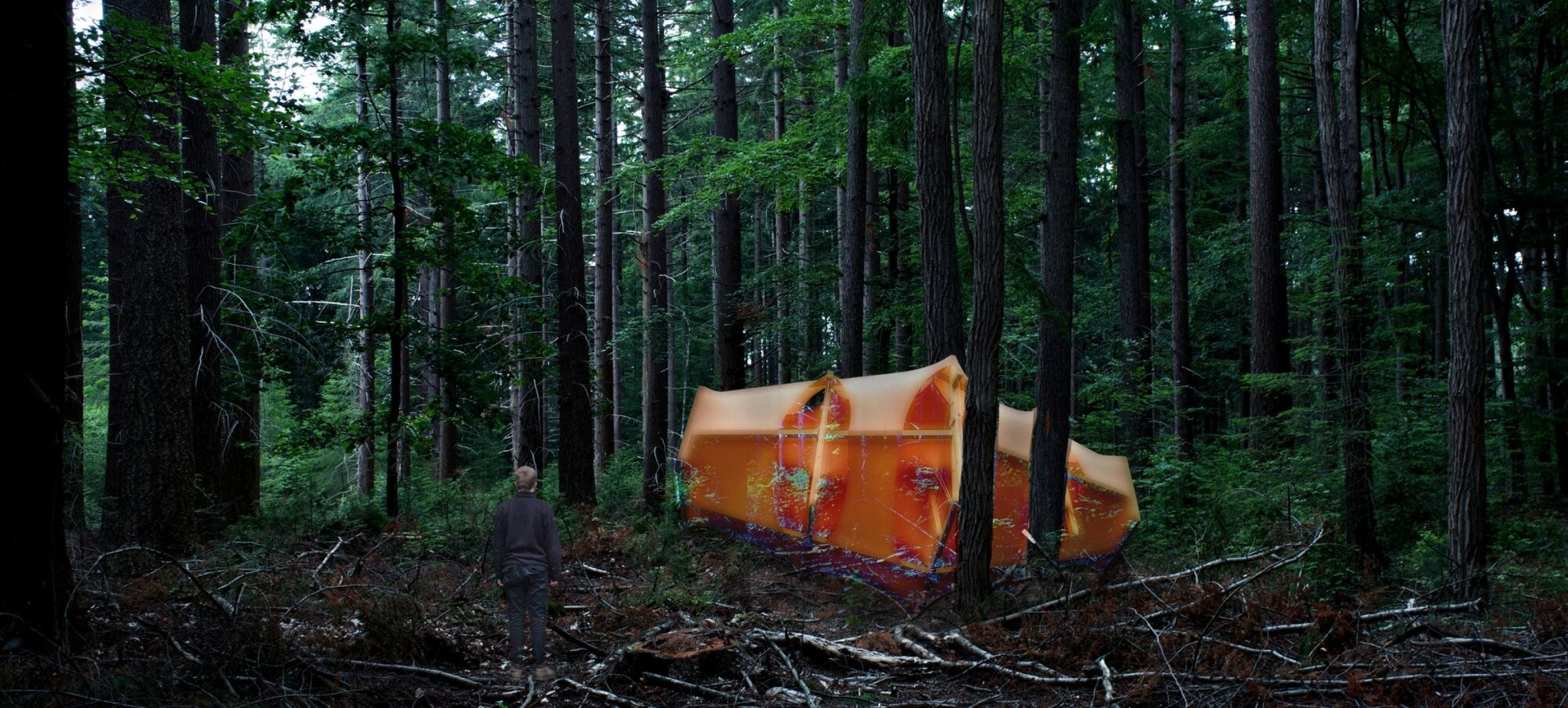SPOTTED: Metropolis M shows the work of Interior Architecture alumna Jessy-Lee Esselink, in which she approaches spaces and objects as living entities
- Design
- Architecture and...
Every year, magazine Metropolis M releases a Graduation Special, featuring work by several finals students who graduate as visual artists. Jessy-Lee Esselink (Interior Architecture) is one of the alumni featured in the special. Metropolis M asked Jessy-Lee the question, "What is the story behind your work?"

Buildings as bodies, with skins of stone and glass, and interiors as organs through which we pass as guest organisms. Jessy-Lee Esselink (1997) regards the spaces around us as being alive, and she investigates the possibility of blurring the boundary between human and thing. By interacting with the environment in a more affective way, she ultimately hopes to rediscover the humanity in ourselves.
Her graduation presentation features a cube made from old mattresses, around two metres high. It stands on four legs, like a chair, a table, a bed or an animal. The stains on the foam rubber bear witness to a sleeping body now absent. Esselink left this work in all kinds of places, such as in a forest and under a bridge, in order to see how it would behave. That was part of an earlier phase of research which she has developed and illuminated here with the help of drawings, photos, scale models, material experiments and short texts. Creatures of the deep inspired a pendant lamp, design sketches turned into anatomical drawings, while in her material tests she approximated skin and flesh.
During the process, Esselink became aware of how we instinctively extend the distinction between living being and lifeless object to other dichotomies, such as between organic and geometric, human and machine, natural and synthetic. Moreover, the project implies a radical undermining of the designer with her form-follows-function principles. Esselink prefers to see herself as a kind of Doctor Frankenstein: by merging elements together, she discovers the life in things.
A sequel to the presentation is displayed in the academy courtyard. There on the grass lies an elongated creation approximately four metres long. Flesh-coloured, elastic textile is stretched tight over a wooden skeleton of geometric elements that repeat rhythmically. The whole is attractive and stylised; it invites you to touch it and evokes associations with a tent, a boat, a fat worm or an enlarged piece of intestine. There is also an interior space which you can access through a kind of hexagonal fish mouth.
Esselink also discovered the repulsive character of living things – equating lifeless objects with living beings also invites the converse. Nevertheless, she consistently emphasises humanity in her project, because just as we are capable of seeing things as objects, we are equally capable of reducing each other to objects.
Author: Floor van Luijk